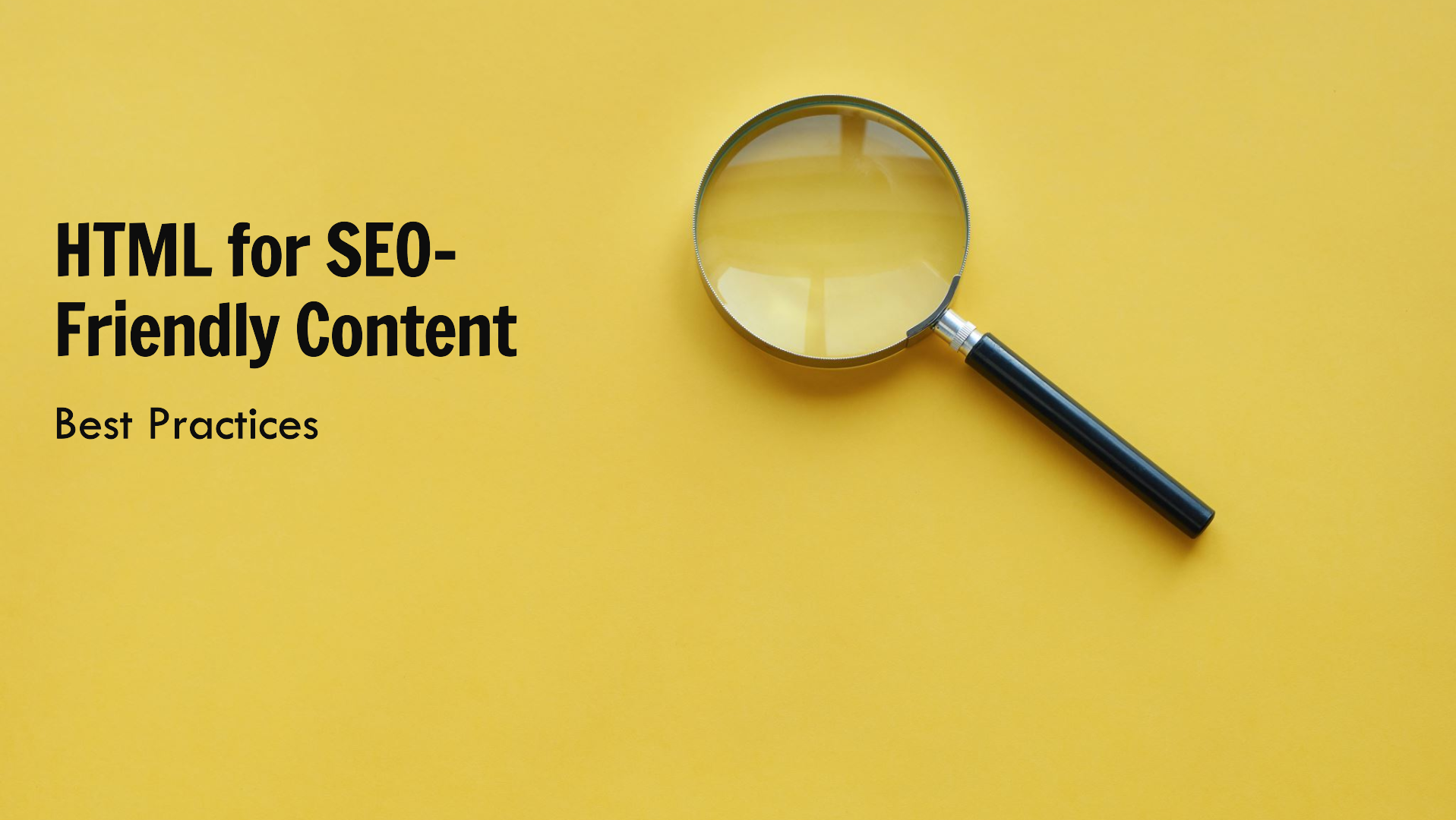In the dynamic world of digital publishing, ensuring that your content is easily discoverable is paramount. While compelling content is undeniably crucial, its potential remains untapped if search engines can’t effectively index and rank it. Here's where HTML (HyperText Markup Language) steps in as a fundamental tool in optimizing content for search engines (SEO). This article delves into best practices for leveraging HTML to improve searchability and reach in digital publishing.
Understanding the Role of HTML in SEO
HTML is the foundation of every webpage. Search engines like Google use web crawlers to read the HTML code of your pages, interpreting the content's structure and meaning. This allows them to understand your content and rank it in search results.
By implementing appropriate HTML tags, you help search engines correctly interpret the significance and context of your content. This improves ranking and increases visibility in search engine results pages (SERPs).
Best Practices for SEO-Friendly HTML
Here are some key strategies for leveraging HTML to boost your content's SEO performance:
- Title Tags: Use the <title> tag to accurately reflect the content's main topic using relevant keywords. Keep it concise and descriptive, as the title is one of the most crucial elements for search engines and readers alike.
- Meta Descriptions: Employ the <meta name="description"> tag to provide a clear and compelling summary of your content. While meta descriptions don’t directly impact rankings, they play a significant role in encouraging users to click on your link in search results. Use keywords strategically and make it user-friendly.
- Header Tags: Use header tags (<h1>, <h2>, <h3>, etc.) to structure your content logically. These tags not only organize information for readers but also convey the hierarchy of information to search engines.
- Image Optimization: Optimize images with descriptive alt text (<img alt="description">). Alt text not only aids visually impaired readers using screen readers but also provides search engines with context about the image. Make it concise yet descriptive.
- Link Attributes: Use descriptive anchor text (<a href="#">Link</a>) when linking to internal pages or external websites. Anchor text helps search engines to understand the context and topic of the links.
- Semantic HTML: Use semantic HTML5 tags (<article>, <aside>, <nav>, etc.) to structure content logically, improving readability and conveying meaning to both readers and search engines.
- Clean and Valid HTML: Ensure that the HTML code is clean, free of errors, and adheres to current standards. A well-structured code helps search engines crawl and index your content efficiently. Use validation tools to check for errors.
Conclusion
HTML is more than just the backbone of webpages; it’s a powerful tool for building a well-structured, accessible, and user-friendly digital publishing experience. By implementing appropriate tags and structures, you can significantly enhance the quality and usability of your digital content.
If you’re looking to create digital content that is not only visually stunning but also intuitive to navigate, connect with us today. Our expertise in crafting clean, efficient, and well-structured HTML will empower you to create a positive and effective user experience.
